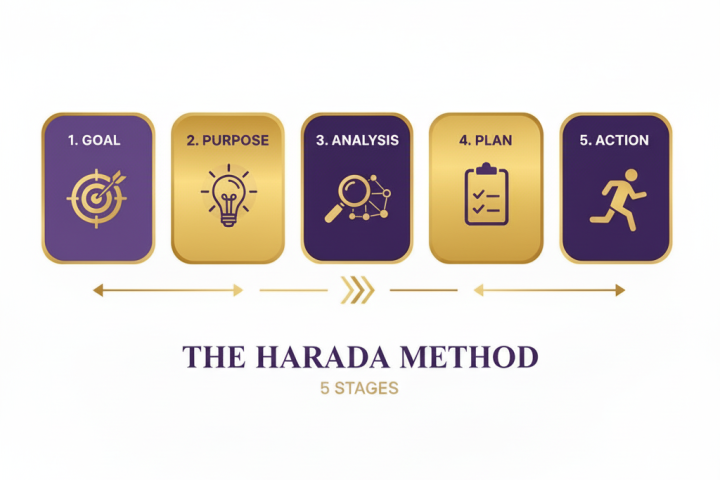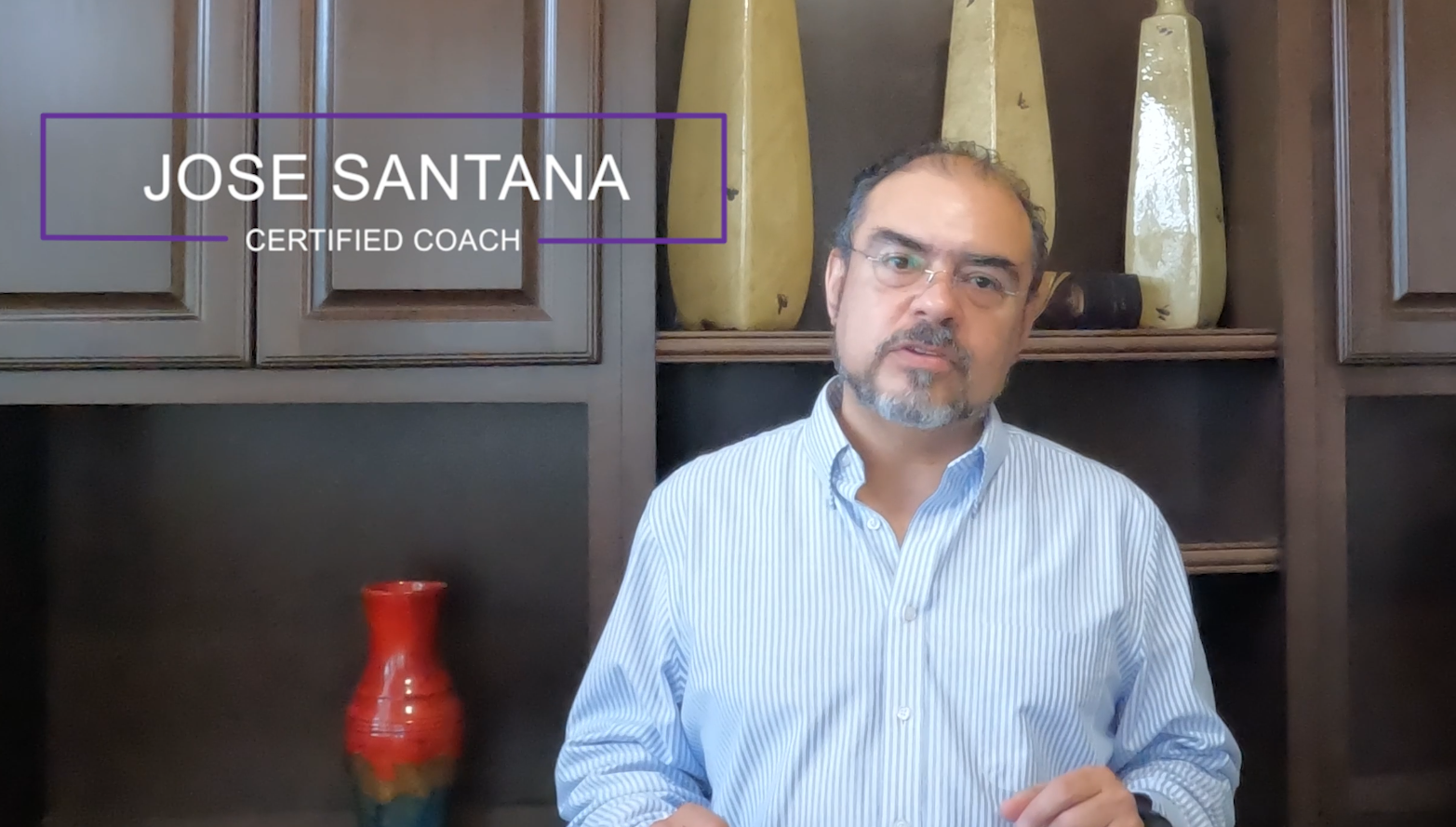






About the Method: 5 Stages and 5 Tools for Success
Discover how the Harada Method — a global self‑reliance system by Takashi Harada — helps people define their purpose, achieve goals, and master their daily performance.
What Is the Harada Method?
The Harada Method is a structured system of self‑development built on independence and discipline. Originating from Japanese athletics, it enables anyone — from athletes to professionals — to build consistent, measurable habits that lead to peak performance.
Backed by Norman Bodek, known as the “Godfather of Lean,” the Harada Method is one of the most practical frameworks for turning potential into lasting achievement.
Why Does It Matter Today?
In a world filled with distraction, achieving focus and consistency is harder than ever. The Harada Method links vision with structure so progress becomes a way of life — not a temporary burst of motivation.
How Does the Method Work?
The process follows five key stages: defining a goal, connecting it to your purpose, analyzing your foundation, building a plan, and taking consistent action with accountability.
Stage 1 – Goal
Clarify a concrete, meaningful goal aligned with your values and ambitions.
Stage 2 – Purpose
Identify your personal “why” — the powerful motivation behind the journey.
Stage 3 – Analysis
Assess your strengths, weaknesses, and past experiences to find the right path forward.
Stage 4 – Plan
Use the 64‑Task “Open Window” chart to turn big goals into daily, trackable actions.
Stage 5 – Action
Put your plan into consistent motion and sustain progress through discipline and mentorship.
The 5 Core Tools of the Method
Each tool is designed to strengthen self‑awareness and track your evolution from intention to mastery.
1. 33 Questions for Self‑Reliance
Evaluate how self‑directed you are and uncover patterns influencing your performance.
2. Long‑Term Goal Form
Anchor your aspirations in clear purpose, objectives, and measurable steps.
3. Open Window 64 Chart
Organize 64 specific tasks to balance personal, professional, and relational growth — as inspired by the original OW64 model used by Shohei Ohtani.
4. Routine Check Sheet
Monitor the routines you rely on daily to reinforce habits and consistency.
5. Daily Diary
Reflect, plan, and celebrate each day’s progress — small wins that sustain momentum.
Ready to Build Self‑Reliance?
Begin your transformation with certified Harada coaches and structured tools that turn purpose into performance.
Join the Harada App — FreeAbout the Method: 20 Steps of the Harada Method
The Harada Method transforms purpose into mastery through 20 structured steps. Each supports self-reliance, leadership, and steady personal growth.
Step 1 – Establish a Clear Goal
Define an inspiring long-term goal that gives direction and meaning to your journey.
Step 2 – Define Your Purpose
Understand why this goal matters — connect it deeply to your personal mission.
Step 3 – Analyze Your Current Situation
Assess strengths, weaknesses, opportunities, and habits to build self-awareness.
Step 4 – Visualize the Ideal Outcome
Picture your future success clearly to strengthen motivation and focus.
Step 5 – Identify Obstacles
List barriers that could hinder progress so you can plan realistic strategies.
Step 6 – Define Key Behaviors
Determine which daily habits and mindsets will drive you toward success.
Step 7 – Set Milestone Objectives
Create measurable checkpoints to track progress between starting point and goal.
Step 8 – Develop a 64‑Task Chart
Break your goal down into 64 focused tasks using the Open Window Chart.
Step 9 – Design Your Daily Routine
Use a Routine Check Sheet to reinforce productive habits and self‑discipline.
Step 10 – Practice Self‑Reliance
Embrace responsibility for your results — rely on your effort and reflection.
Step 11 – Seek Guidance
Engage a coach, mentor, or trusted peer to review your plan and provide feedback.
Step 12 – Document Daily Actions
Use your Daily Diary to plan, act, and reflect consistently on progress.
Step 13 – Measure Results
Evaluate performance objectively—what worked, what didn’t, and why.
Step 14 – Reflect and Adjust
Modify your plan when needed; flexibility ensures continuous improvement.
Step 15 – Celebrate Achievements
Recognize milestones openly to boost morale and reinforce good habits.
Step 16 – Share Learning with Others
Teach and support peers—collaboration strengthens your understanding.
Step 17 – Evaluate Self‑Reliance
Revisit the 33 Questions for Self‑Reliance to gauge growth and consistency.
Step 18 – Sustain Daily Discipline
Build habits that maintain performance automatically through repetition.
Step 19 – Expand Your Vision
Once your goal is achieved, set new objectives to serve a larger purpose.
Step 20 – Mentor Others in the Method
Guide others through the Harada Method—true mastery is achieved by teaching.